
GUEST BLOGGER CINDY JENSON-ELLIOTT
Teaching during the Covid-19 pandemic has many of us scrambling for resources we can use at home, at school, and in outdoor hybrid classrooms. This is the perfect time to access a free resource you may never have considered using for both science and language arts: WEEDS!
Engage: Weeds find a way
Chances are, you’ve noticed a few weeds in your garden or yard, out of a crack in a sidewalk or in the schoolyard when you’re conducting outdoor classes. Wherever you are, weeds are there. The presence of these plants in places no one has planted them is a readily observable phenomenon that can teach us about the adaptations of organisms to their local surroundings.
As a middle school science teacher, and former elementary literacy and garden instructor, I like to begin lessons using picture books as a way to connect NGSS science and CCSS literacy standards. My book Weeds Find a Way provides the perfect place to begin a long-term project for grades 1 – 8 linking science to literacy and social-emotional learning. Reading the book is the first step in the NGSS 5-E lesson model -The “Engage” element of a phenomenon-based lesson. (More on the 5-E lesson structure)
In Weeds Find a Way, I use the lyrical refrain “weeds find a way” to look at all the ways weeds are adapted to survive in a particular place. “Weeds find a way to live where other plants can’t grow.” I then go into into details about how they spread seeds, lay dormant, sprout, grow, spread, avoid being taken out, attract pollinators, and spread profusely.
Exploring weeds: Scientific drawings
After reading, children head outside to examine one weed carefully as a research project (5E: Explore). They photograph it, and draw detailed scientific renderings. We use the following video to introduce the iterative critique and draft process so important to project-based learning to create multiple drafts of our drawings.
Austin's Butterfly: Building Excellence in Student Work from EL Education on Vimeo.
Elaborate: combining drawings with research
The next step in our “Weeds Find a Way” project is to conduct informational research on our weed using books and websites, as well as the “Meet the Weeds” section of my book (5E: Elaborate). Depending on the grade of the students or their need for scaffolding, I may co-create questions with students by examining nature guidebooks as mentor texts, such as (https://www.audubon.org/field-guide/bird/) or provide templates for their research.
Evaluate: Creating a guidebook
Then we write, revise and create a guidebook of local weeds by combining our scientific drawings with our research (5E: Evaluate).
Creative writing and SEL
The next step is to use Weeds Find a Way as a mentor text for creative writing and social-emotional learning. Students write poetry and create art about themselves. Learning how weeds adapt to challenging environments can give students a window into their own adaptations to a challenging time – their perseverance, adaptability and creativity.
We look carefully at the structure and lyrical language in the book in a series of language arts lessons. Then I ask students to consider the challenges they have found a way to overcome. They write, “I find a way to…” and add whatever they have done to survive and make the world a better place:
- “I find a way to help my mother when she’s tired.”
- “I find a way to make friends at a new school.”
In the end, we collect our “I find a way” poems into a book of poetry and art, alongside our “Weeds Find a Way” guidebooks to local weeds, in a project that links science, literacy and social-emotional learning.
When I wrote Weeds Find a Way as a science text to use with my elementary students, I didn’t realize it contained the secret to survival in tough times. During this challenging period, maybe weeds have a lesson we all need to learn. They can help us appreciate our own creative adaptations so we can blossom into something more magnificent and beautiful than we ever imagined.
Cindy Jenson-Elliott is the author of 17 nonfiction books, with more on the way. She teaches nonfiction writing for adults at UCSD’s program in Writing and Illustrating Books for Children, as well as middle school science. Visit her at www.cindyjensonelliott.com


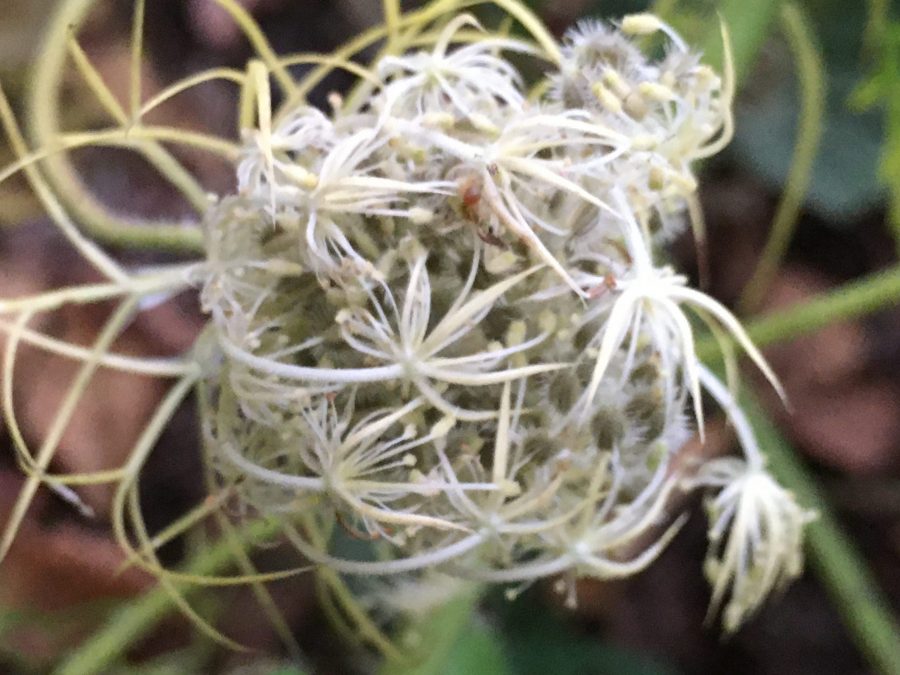
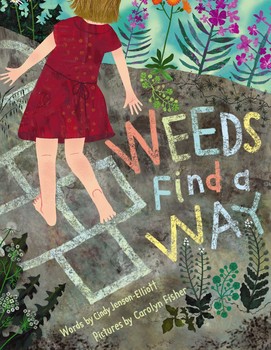
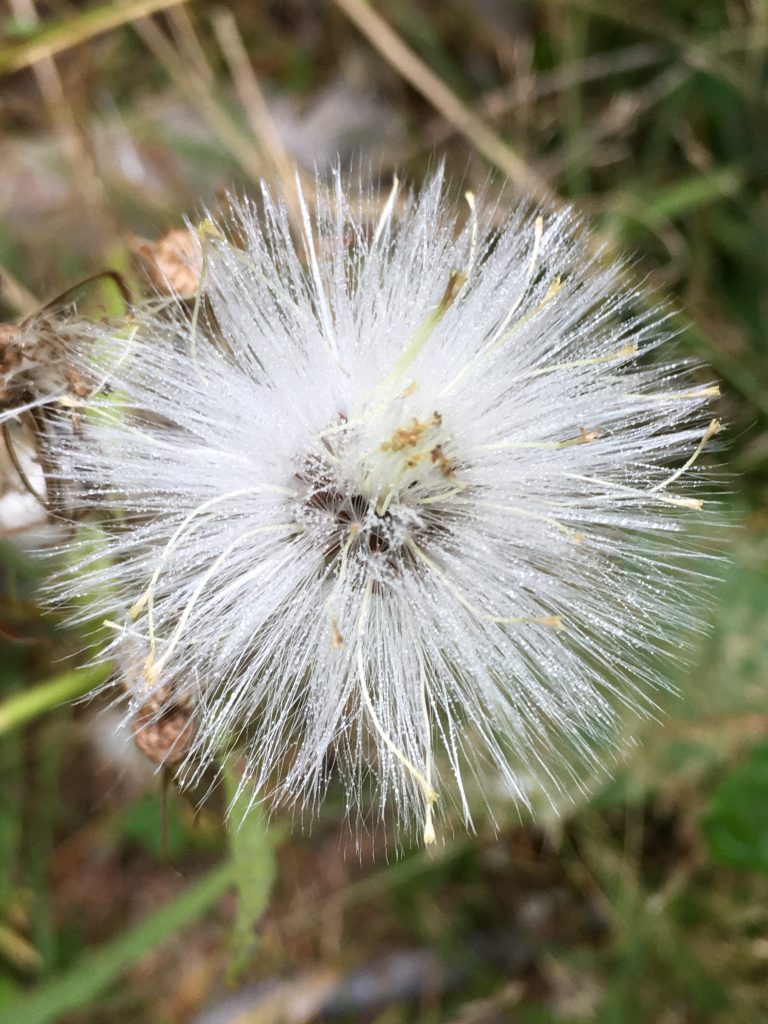

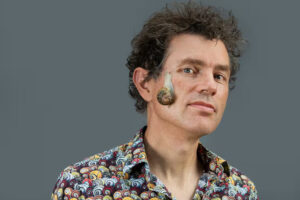
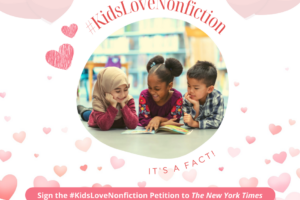
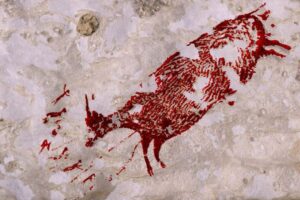


Leave a Reply
Your email is safe with me.